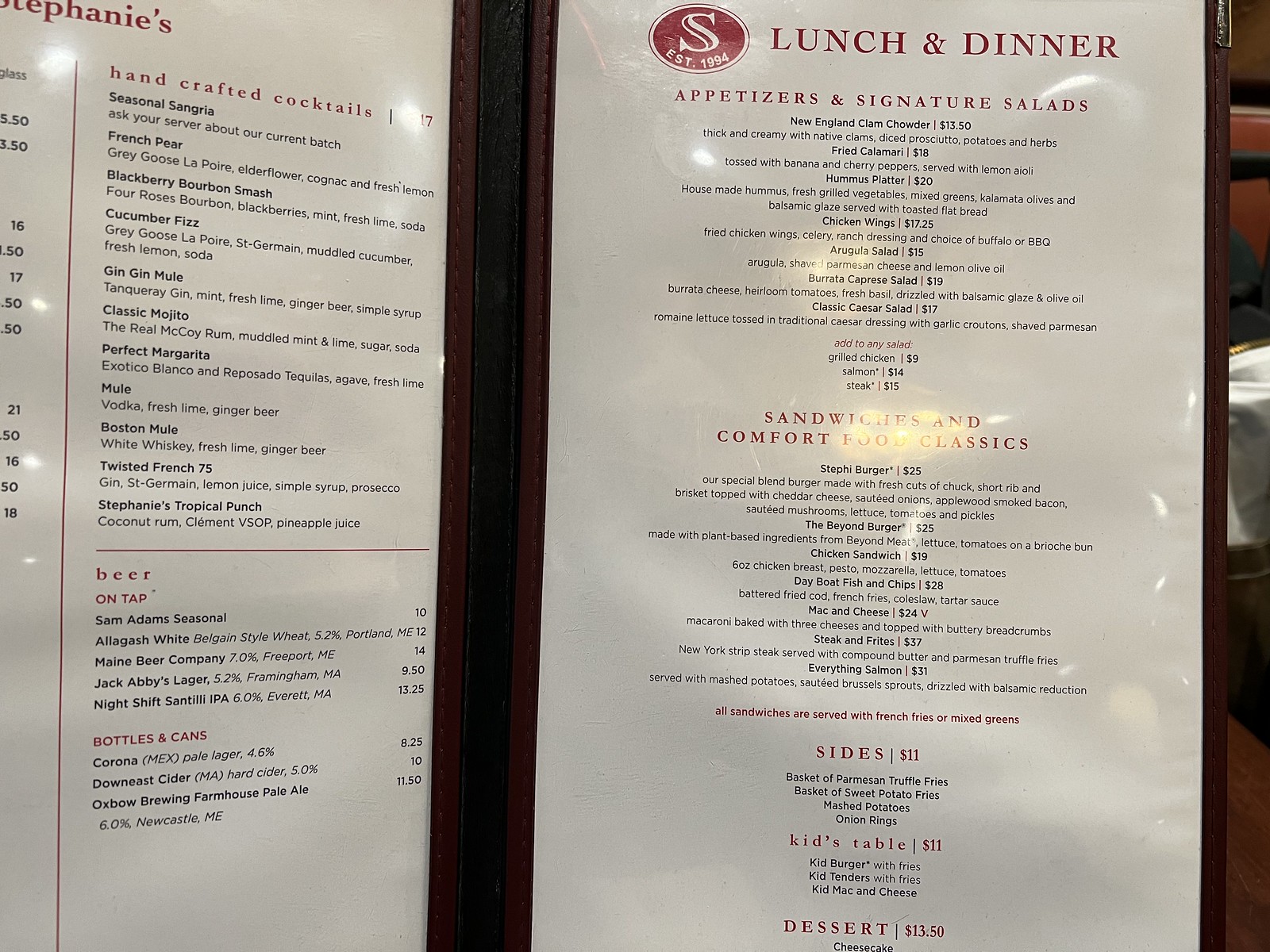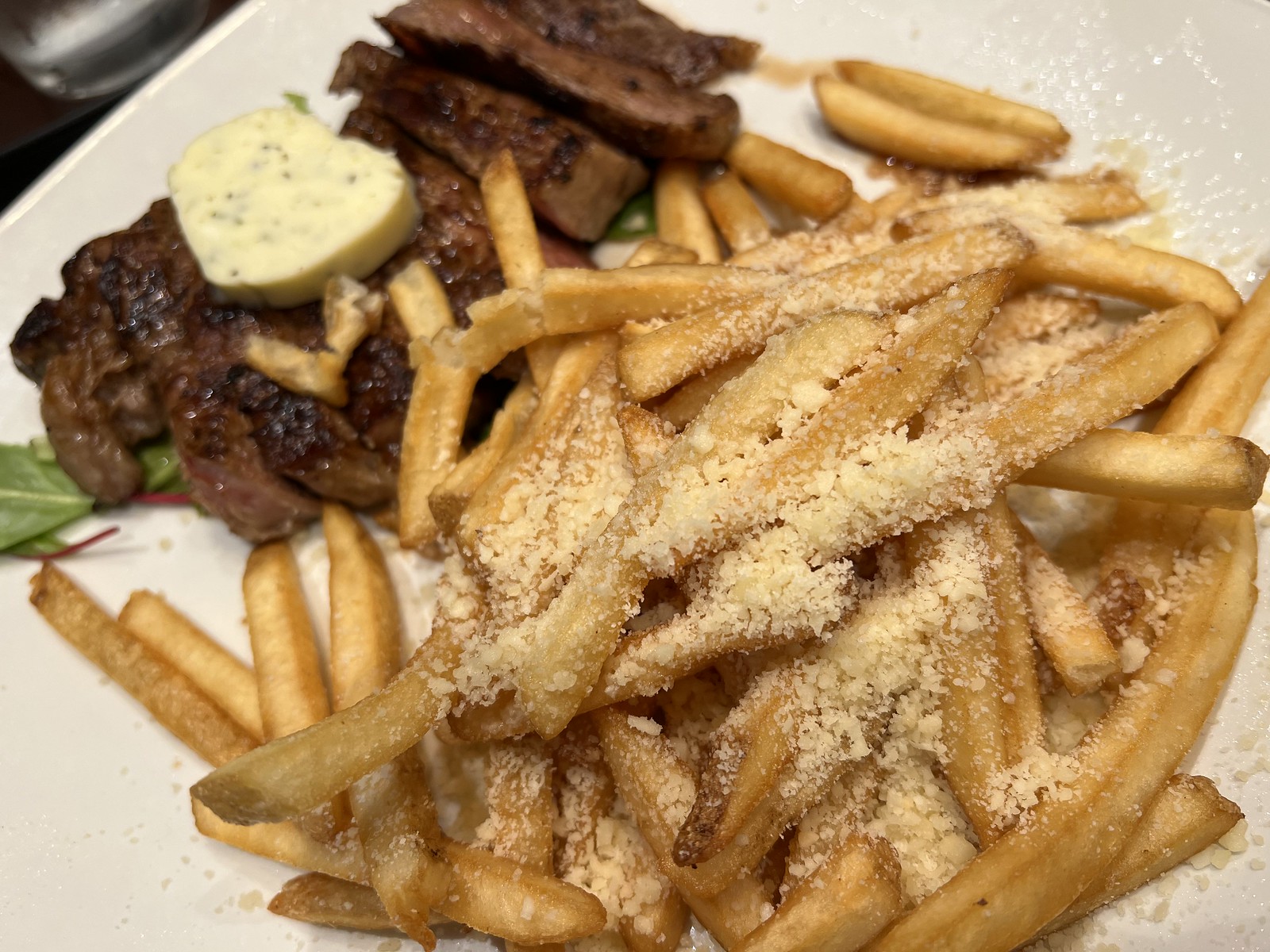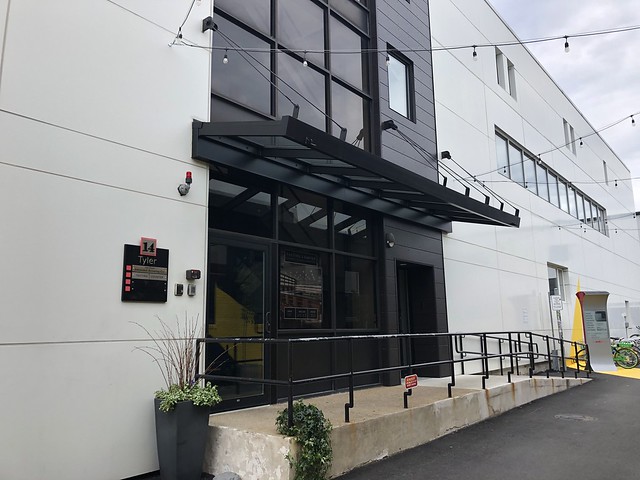
The Tasting Counter is a really unique, high-end restaurant in Somerville that has been recognized for its creative tasting menu.

A complete sensory experience, we hope you will taste, talk, listen, and taste some more. We want you to be wowed, satiated, and surprised. Our mission is to bring our guests closer to the creation of fine cuisine, served in harmony with inspired natural wines, sakes, beers, and handcrafted non-alcoholic cocktails. (WEBSITE)

First of all, this restaurant is a "no wallet" space. You buy your ticket in advance (which is all-inclusive), note any dietary restrictions and pick the beverage pairing of your choice. Meanwhile, you have no idea what they'll be serving that evening. And no choice.
From Zagat: An “amazing experience” unfolds at this high-end yet “relaxed”concept from chef Peter Ungár, where inventive, always-changing multicourse tasting menus “transport you” beyond the intimate, spare setting within a “funky” Somerville warehouse; guests purchase tickets (gratuity is included), specify allergies and request beverage pairings online in advance, then assemble at a modern, 20-seat counter where the team theatrically crafts and presents each “exquisitely prepared” plate.

As soon as we walked in to the intimate space, we were seated and promptly served our first course. We didn't have to spend time looking over a menu; they already knew who we were, and we could begin our experience. Our first taste was these welcoming bites: (furthest to closest) beet, marscapone & cherry; buttercup squash tart with white miso, and cured ocean trout with sesame and grapefruit. This was served with Asahui Shuzo Dassai 50 Sparkling Nirori Junmai Daiginjo (sake, because I've never had a sake pairing before) - so, so good.
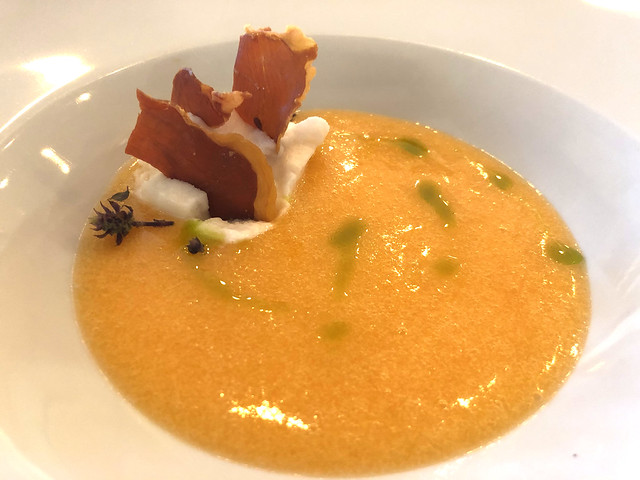
Next up was a melon soup with smoked tomato ice, parma ham and basil. It was served with Asamai Ama No To Heaven's Door. This was odd, but the flavors blended seamlessly.
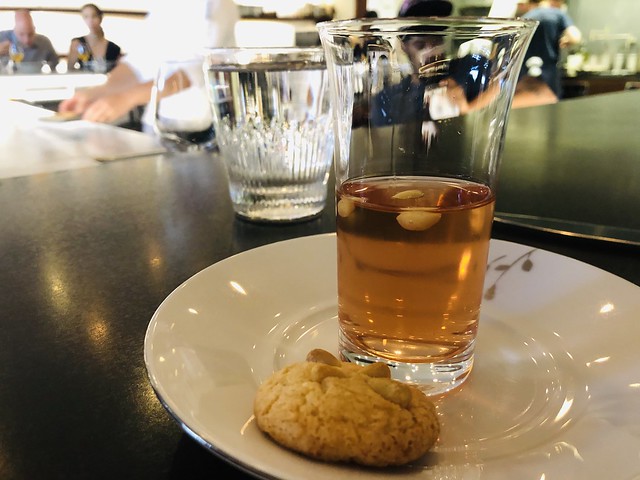
Then, it was schisandra berry tea with a pine nut and almond cookie. I loved this sweet little bite so much that I ate Kaitee's too.

Watching them make everything right in front of you is so cool, but this dish was my favorite to watch: striped bass with corn, kohlrabi, chanterelle and caulilini paired with Taka Noble Arrow. I could've licked my plate with that corn puree.
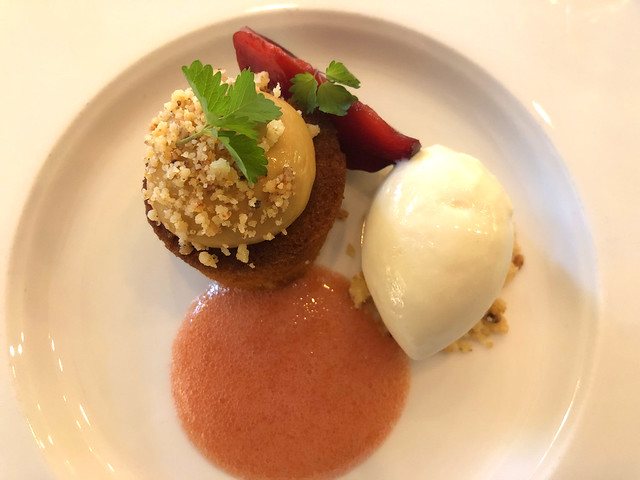
Next up was plum, sake lees, white chocolate, koji, plum pit sorbet paired with Kizakura Brewery Tozai Blossom of Peace.
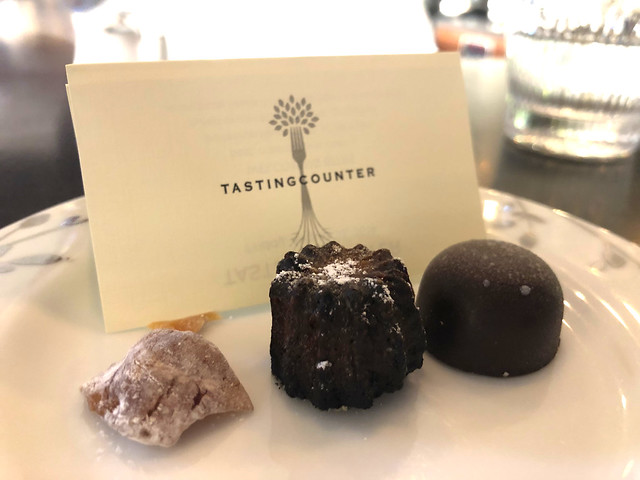
Finally, we had "parting morsels" which was an everything bagel bonbon, a peach & sunflower chew, and a run & vanilla canele.
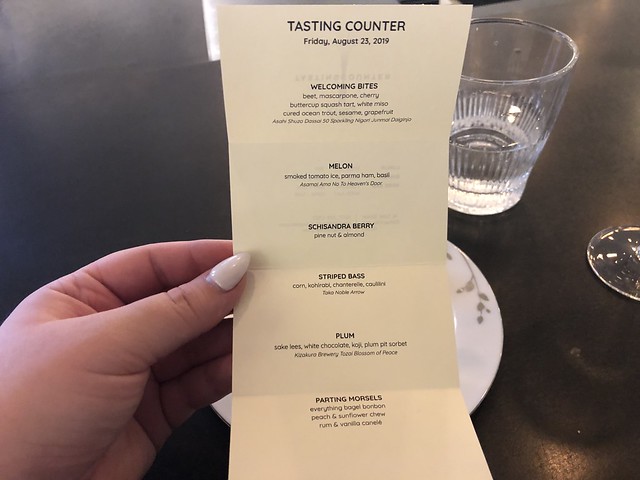
When they presented each dish, they talked about what was in it. But it's kind of a whirlwind of words and flavors. At the end they present you with a custom menu of what you just ate (complete with the drink pairings) so it's great to see it all at once.
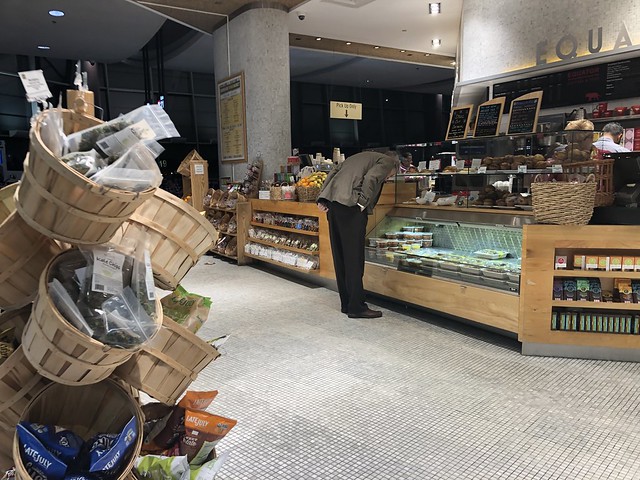
Berkshire Farms Market is a cool airport shop that has local goods, as well as locally sourced food.
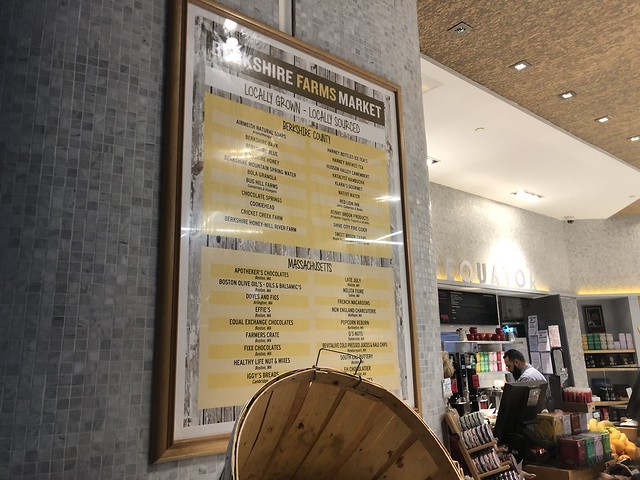 The menu features local growers from the county and state as a whole.
The menu features local growers from the county and state as a whole.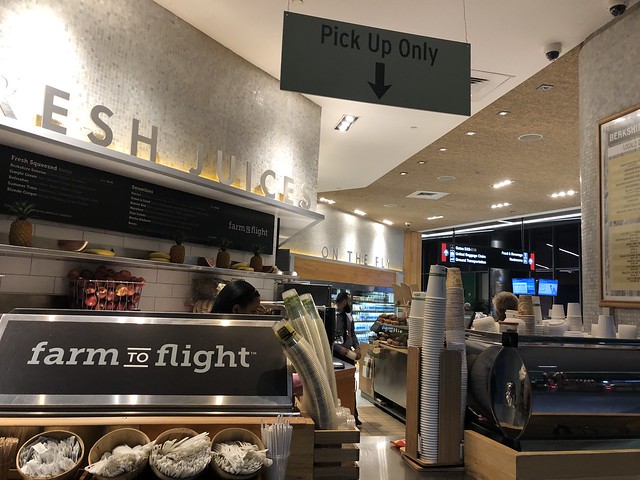 I love that their concept is "farm to flight."
I love that their concept is "farm to flight."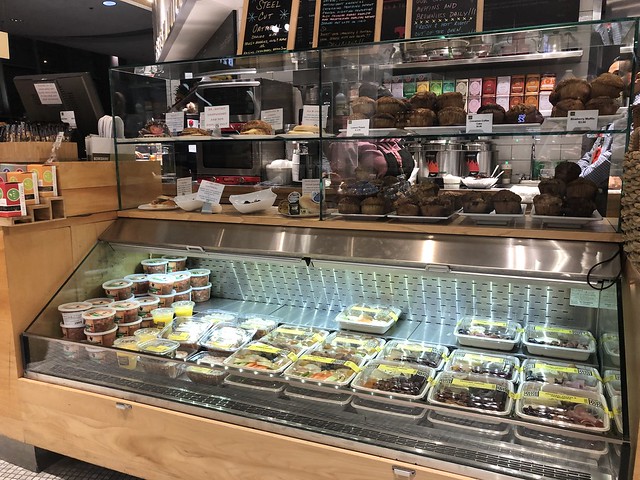 There are grab & go items for those on shorter layovers.
There are grab & go items for those on shorter layovers.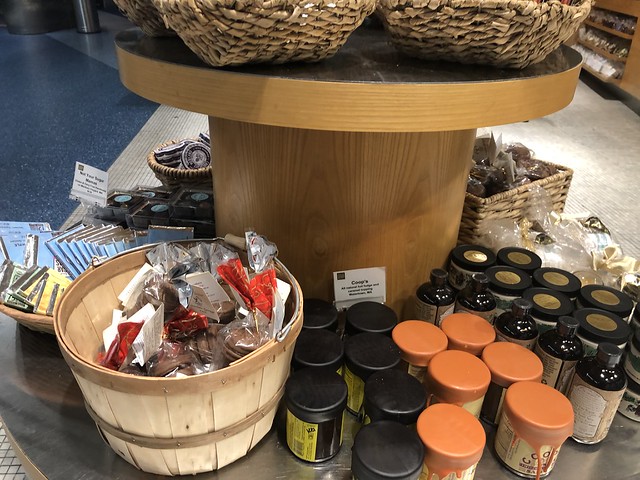 I went for something off the menu.
I went for something off the menu. And, I couldn't resist a lox bagel - lox, cream cheese, capers and red onions.
And, I couldn't resist a lox bagel - lox, cream cheese, capers and red onions.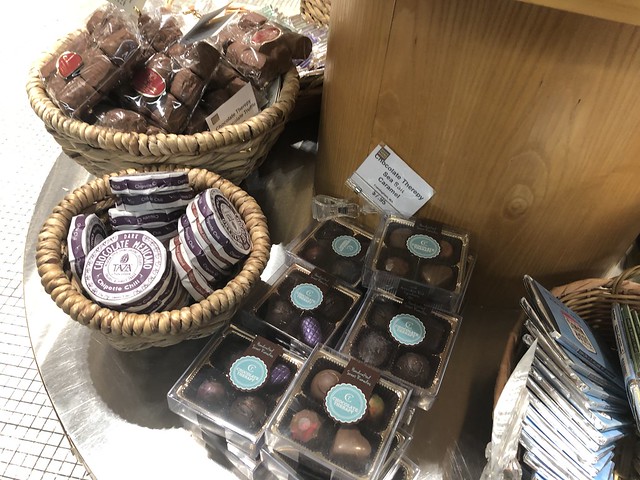 Not bad for airport food.
Not bad for airport food.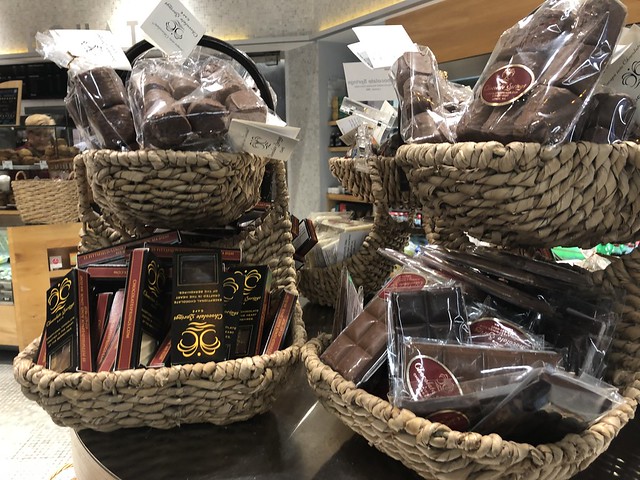 Have you been here?
Have you been here?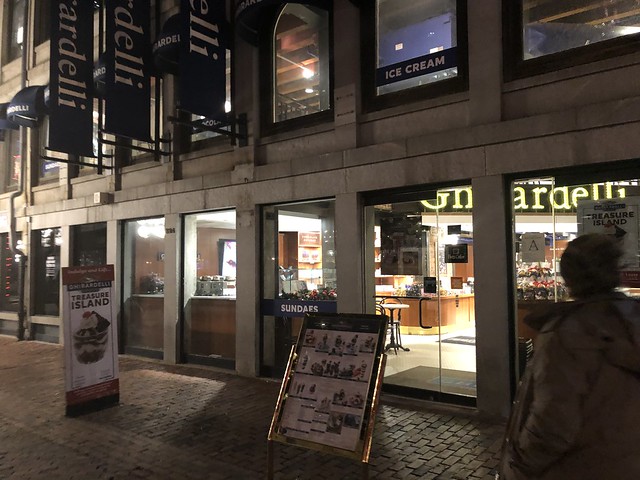
Faneuil Hall is one of my favorite spots in Boston.
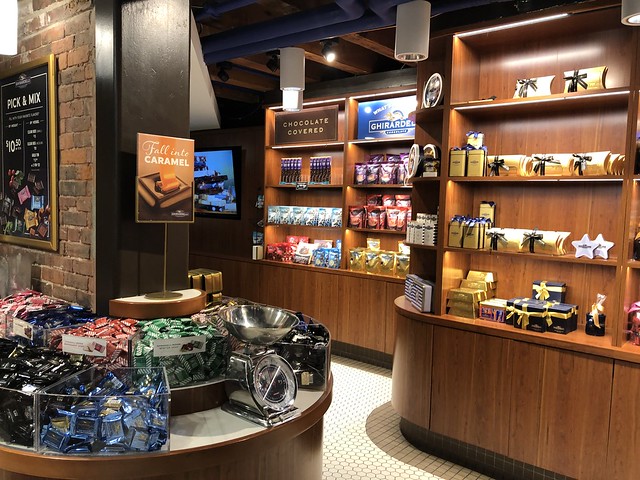 There's so much to see and do.
There's so much to see and do.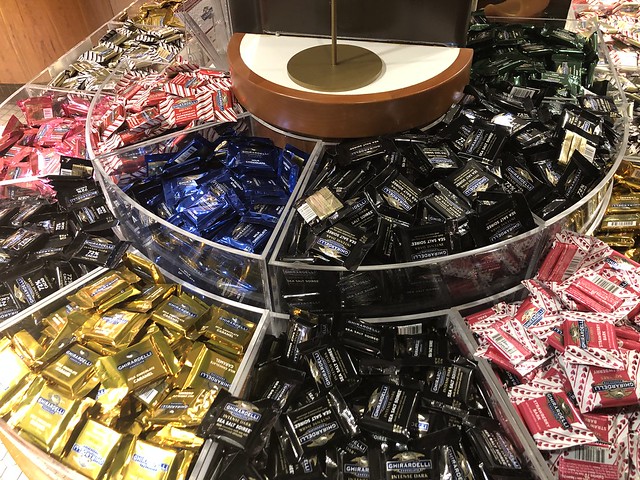 And we made a stop to Ghiradelli Ice Cream and Chocolate Shop.
And we made a stop to Ghiradelli Ice Cream and Chocolate Shop.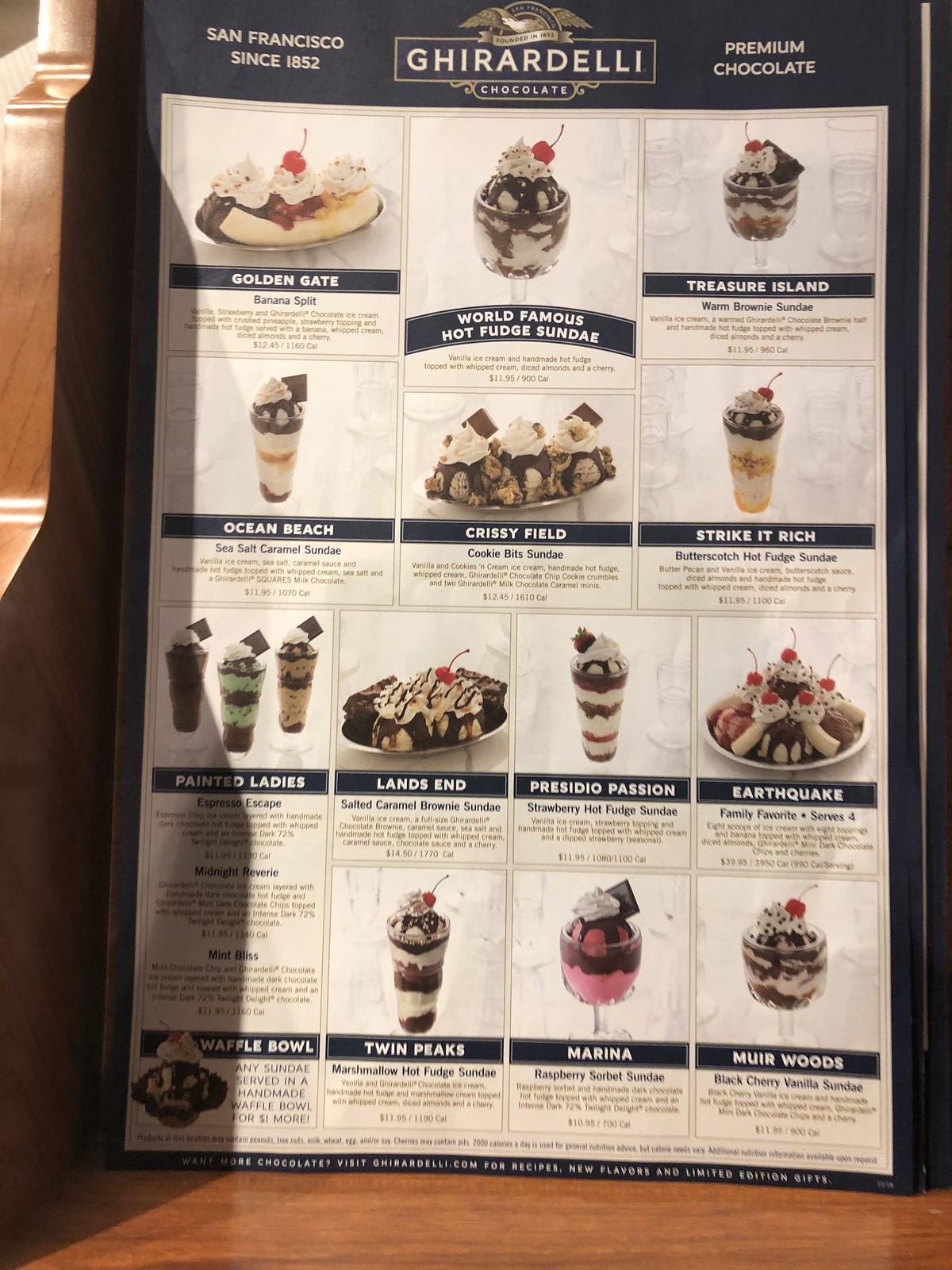 You're probably familiar with Ghirardelli chocolate, but did you know they have ice cream bars?
You're probably familiar with Ghirardelli chocolate, but did you know they have ice cream bars?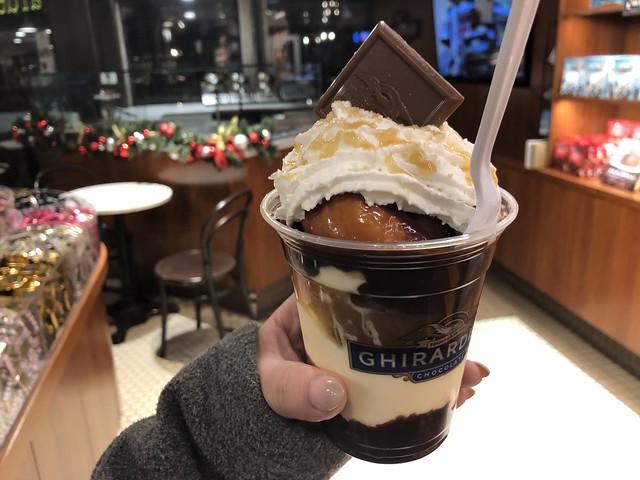 I ordered the "Ocean Beach" - Sea Salt Caramel Sundae: vanilla ice cream, sea salt, caramel sauce, handmade hot fudge topped with whipped cream, sea salt and a Ghirardelli Squares Milk Chocolate.
I ordered the "Ocean Beach" - Sea Salt Caramel Sundae: vanilla ice cream, sea salt, caramel sauce, handmade hot fudge topped with whipped cream, sea salt and a Ghirardelli Squares Milk Chocolate.
Regina Pizzeria is "Boston's Brick Oven Pizza," and there was a location in Faneuil Hall that was calling my name.
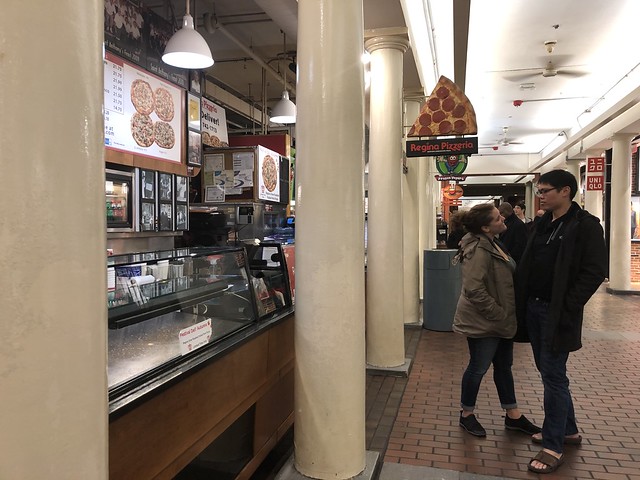 This pizza place is quick service, with many different kinds of slices available.
This pizza place is quick service, with many different kinds of slices available.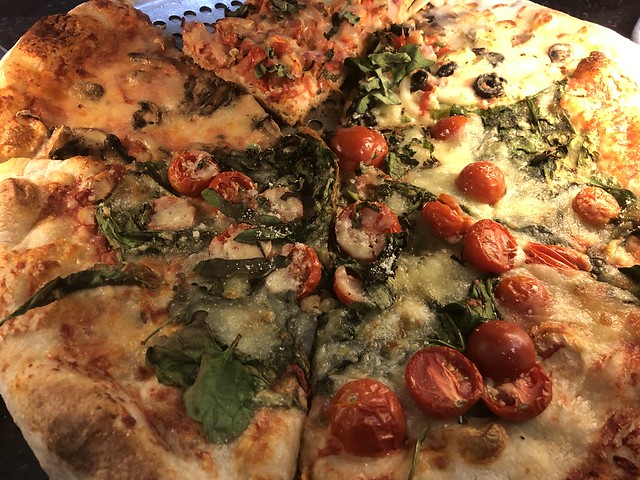
Since 1926, Regina Pizzeria has been greeting guests in the North End of Boston with a hearty "Welcome to Boston's Original Pizzeria!" For over three generations, Regina's delicious brick oven pizza has been inspired by the love of good food and the special pride of the Polcari Family.
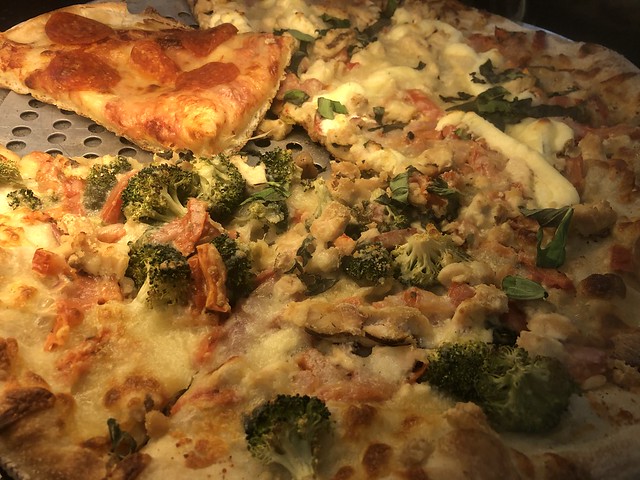 I ordered a slice with spinach and mushrooms.
I ordered a slice with spinach and mushrooms.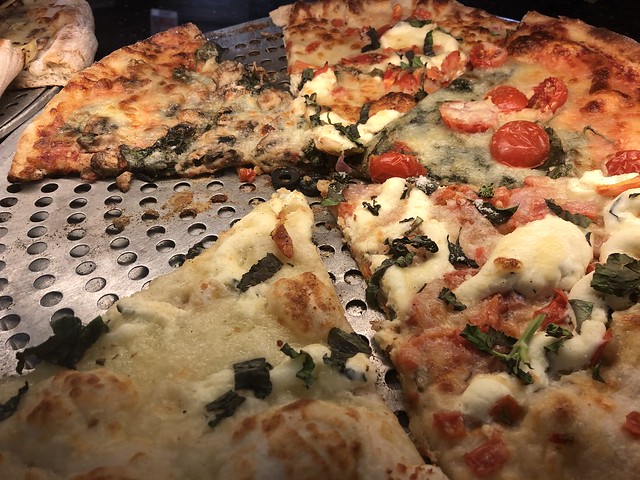 The crust is thin and a bit chewy. the sauce was slightly sweet and the toppings were good.
The crust is thin and a bit chewy. the sauce was slightly sweet and the toppings were good.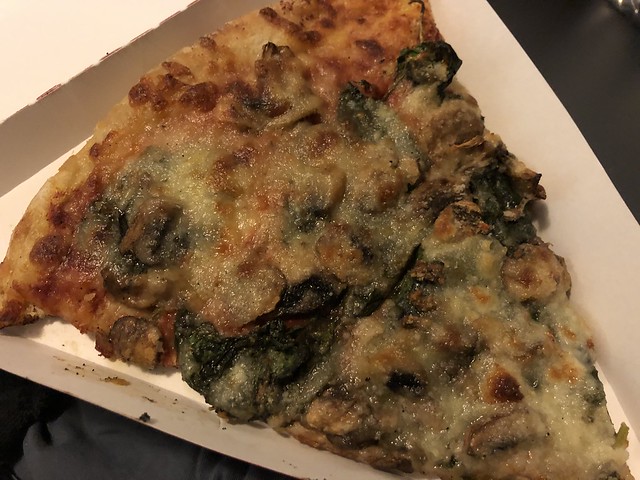 Have you been here?
Have you been here?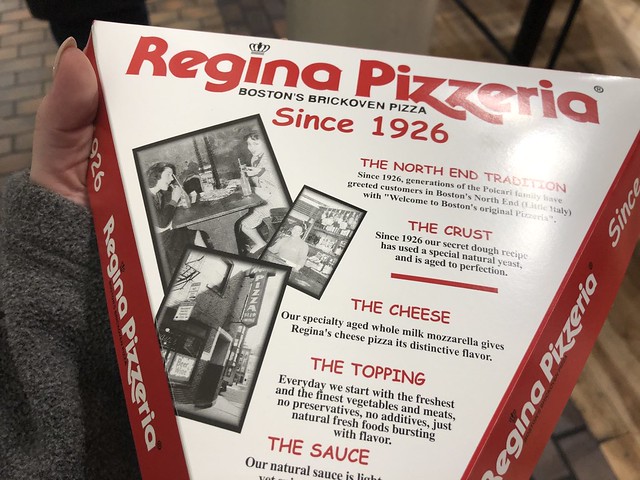
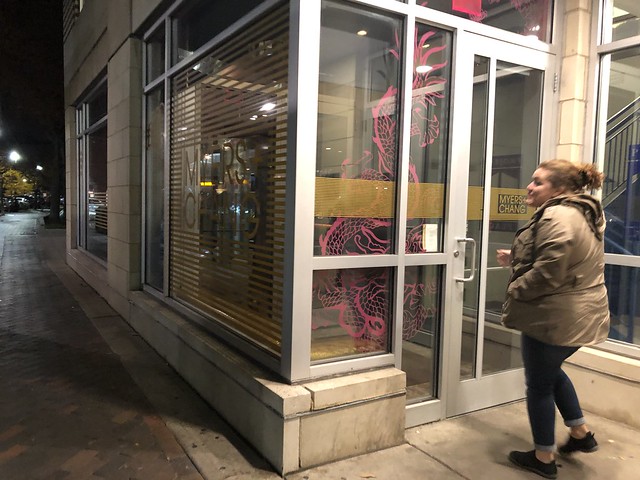
Myers + Chang is an Asian restaurant in Boston from award-winning chef Joanne Chang.
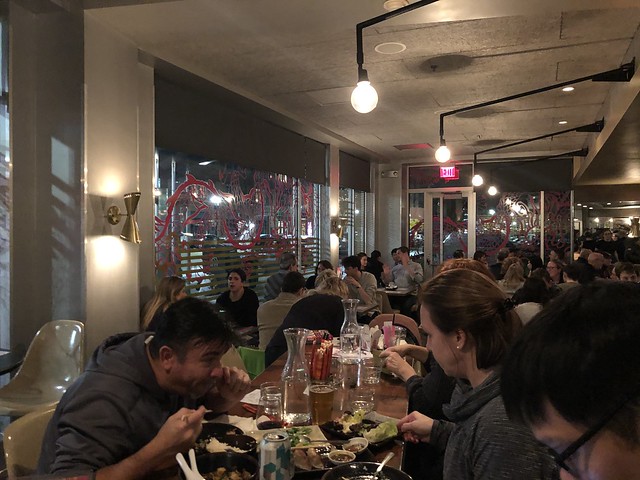
The restaurant had a bit of a wait, so we sat in the entry way until we were alerted they were ready for us.
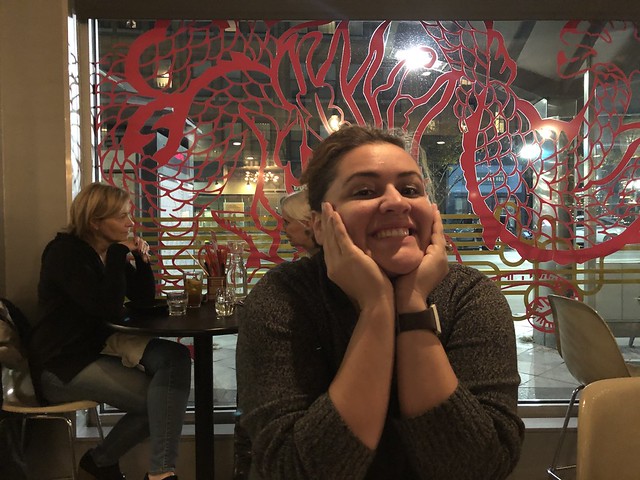 Once we were in, we were seated at this long center communal table.
Once we were in, we were seated at this long center communal table.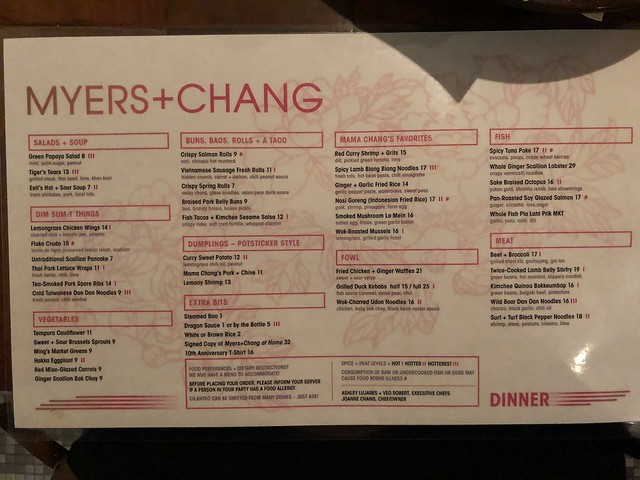 Looking over the menu, a few things jumped out at me.
Looking over the menu, a few things jumped out at me.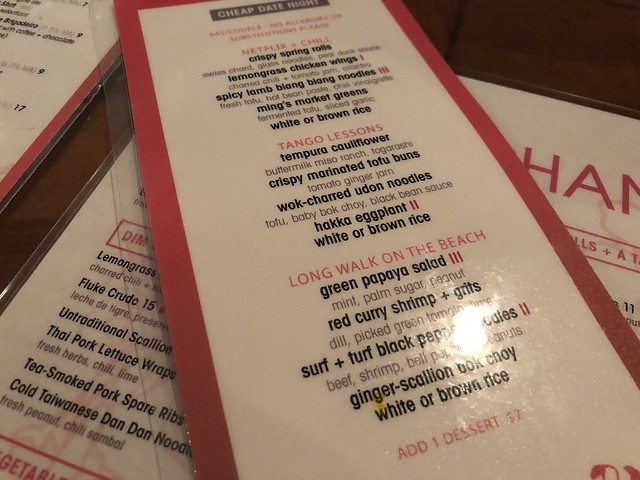 First - spring rolls with Swiss chard, noodles and peach duck sauce.
First - spring rolls with Swiss chard, noodles and peach duck sauce.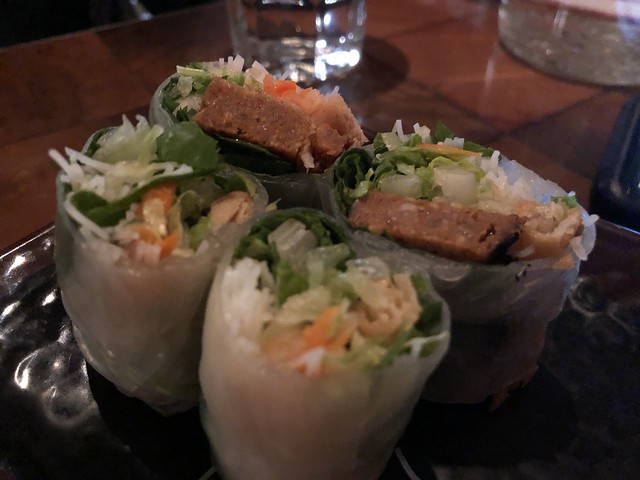 Then, Mama Chang's Pork + Chive dumplings.
Then, Mama Chang's Pork + Chive dumplings.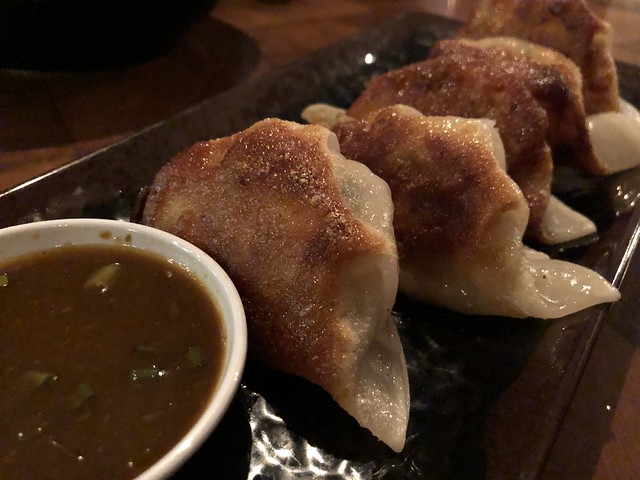 Then, Kaitlynn's tempura cauliflower.
Then, Kaitlynn's tempura cauliflower.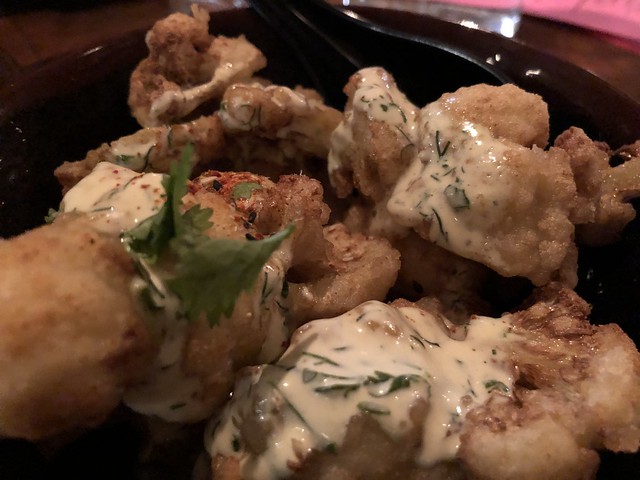 And, my main dish was braised pork belly bao buns with brandy hoisin and house pickles.
And, my main dish was braised pork belly bao buns with brandy hoisin and house pickles.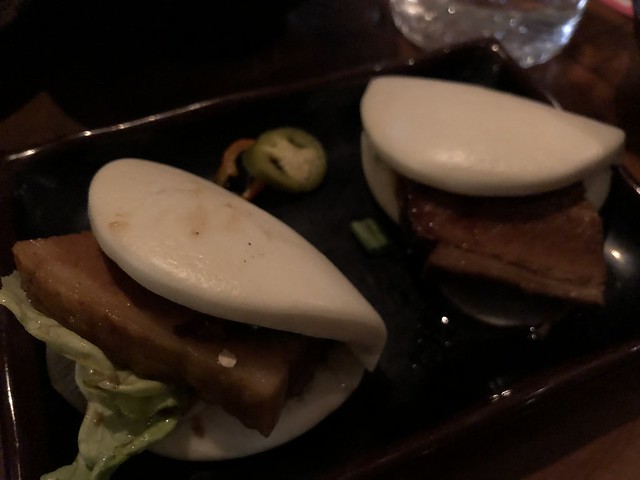 And some little meringue bites to finish!
And some little meringue bites to finish!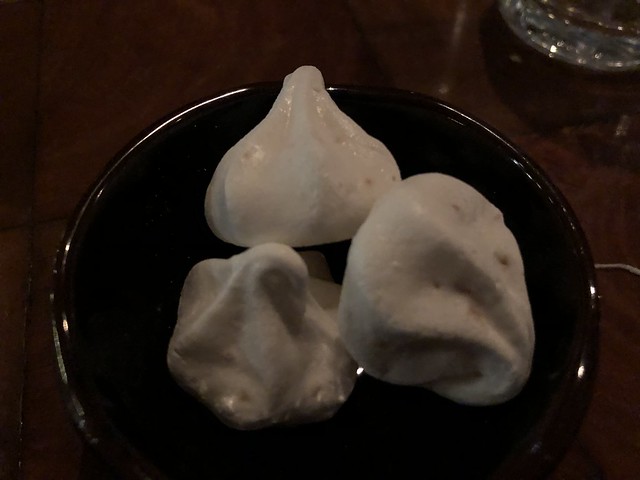
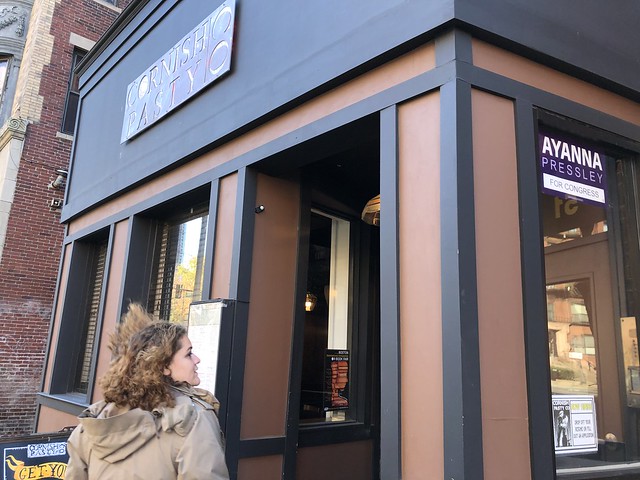
This restaurant in Boston was life-changing.
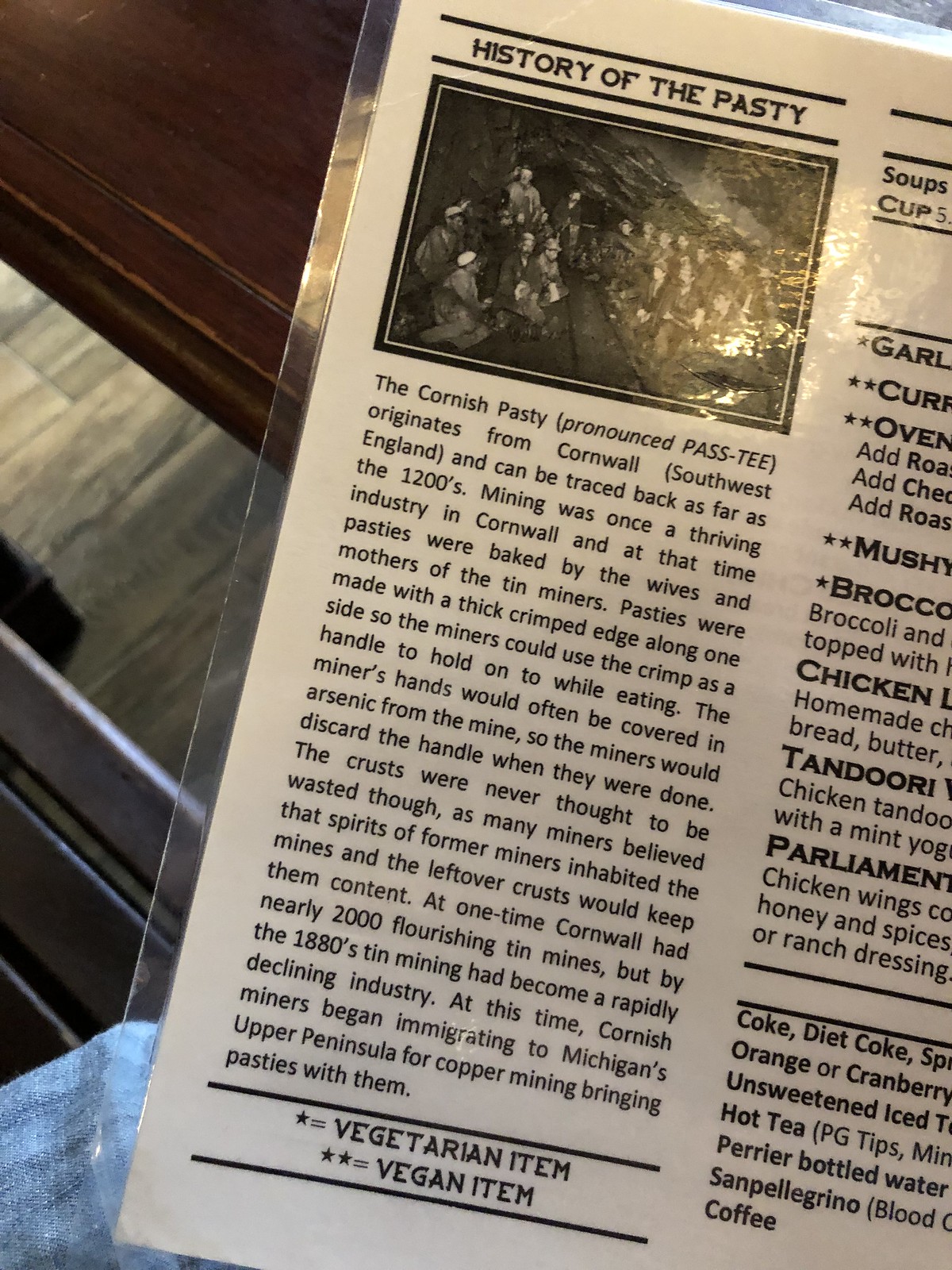 I don't say that often. And it may be for reasons other than you're imagining.
I don't say that often. And it may be for reasons other than you're imagining.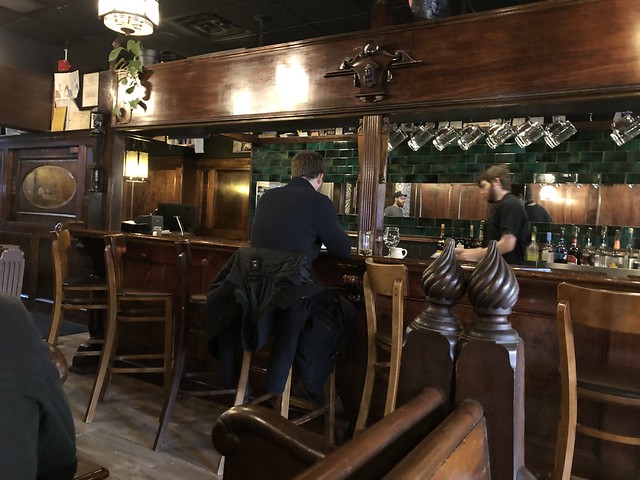 But the Cornish Pasty Co. has changed my life.
But the Cornish Pasty Co. has changed my life.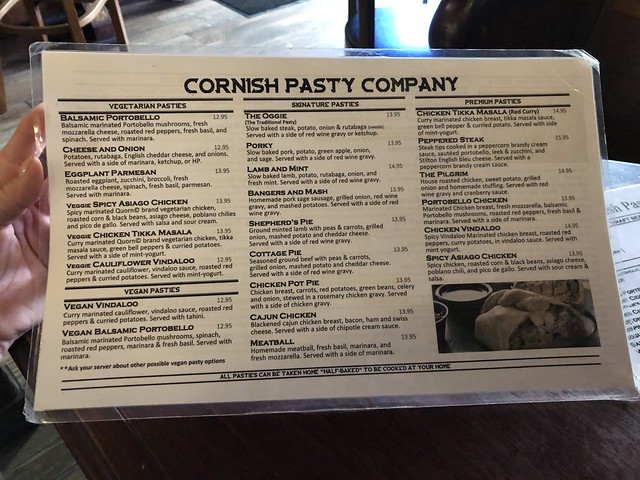 You see, I wrote a book on pepperoni rolls, but during my entire research, I really never stumbled upon pasties. (PAST-TEES)
You see, I wrote a book on pepperoni rolls, but during my entire research, I really never stumbled upon pasties. (PAST-TEES)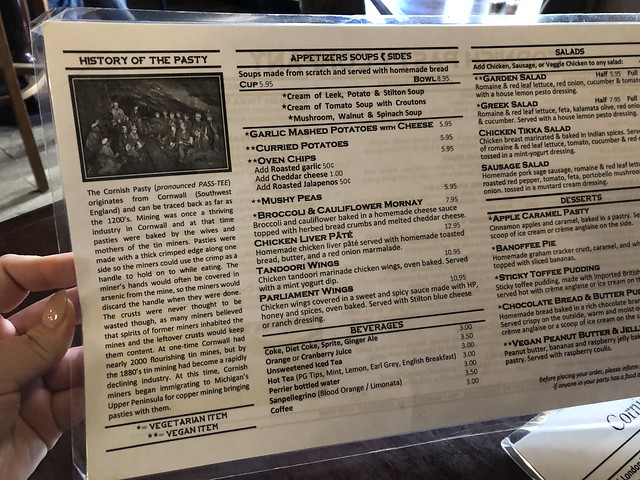 The history of the pasty sounds similar, no?
The history of the pasty sounds similar, no?The Cornish Pasty (pronounced PASS-TEE) originates from Cornwall (Southwest England) and can be traced back as far as the 1200’s. Mining was once a thriving industry in Cornwall and at that time pasties were baked by the wives and mothers of the tin miners. Pasties were made with a thick crimped edge along one side so the miners could use the crimp as a handle to hold on to while eating. The miner’s hands would often be covered in arsenic from the mine, so the miners would discard the handle when they were done. The crusts were never thought to be wasted though, as many miners believed that spirits of former miners inhabited the mines and the leftover crusts would keep them content. At one time Cornwall had nearly 2000 flourishing tin mines, but by the 1880’s tin mining had become a rapidly declining industry. At this time, Cornish miners began immigrating to Michigan’s Upper Peninsula for copper mining bringing pasties with them.
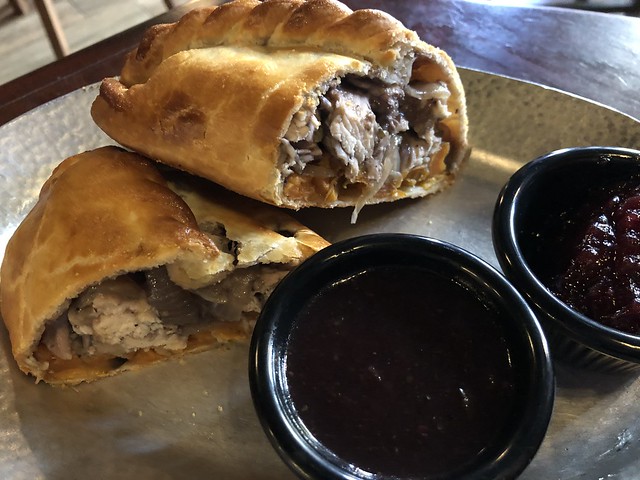
I ordered the "Pilgrim Pasty," which had house-roasted chicken, sweet potato, grilled onion and homemade stuffing, served with red wine gravy and cranberry sauce. I love a good Thanksgiving mash-up.
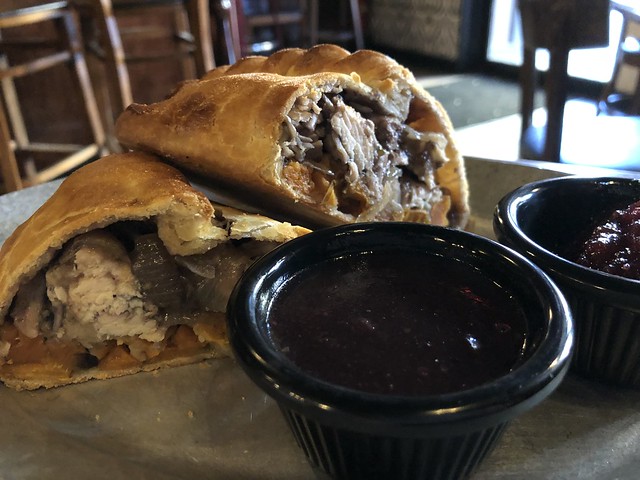 But what I love more is this distant relative to the pepperoni roll. There are tons of foods created with a pastry coating and filling side, but this one had the same reasons behind that. And now I'm hooked.
But what I love more is this distant relative to the pepperoni roll. There are tons of foods created with a pastry coating and filling side, but this one had the same reasons behind that. And now I'm hooked.
All work property of Candace Nelson. Powered by Blogger.

